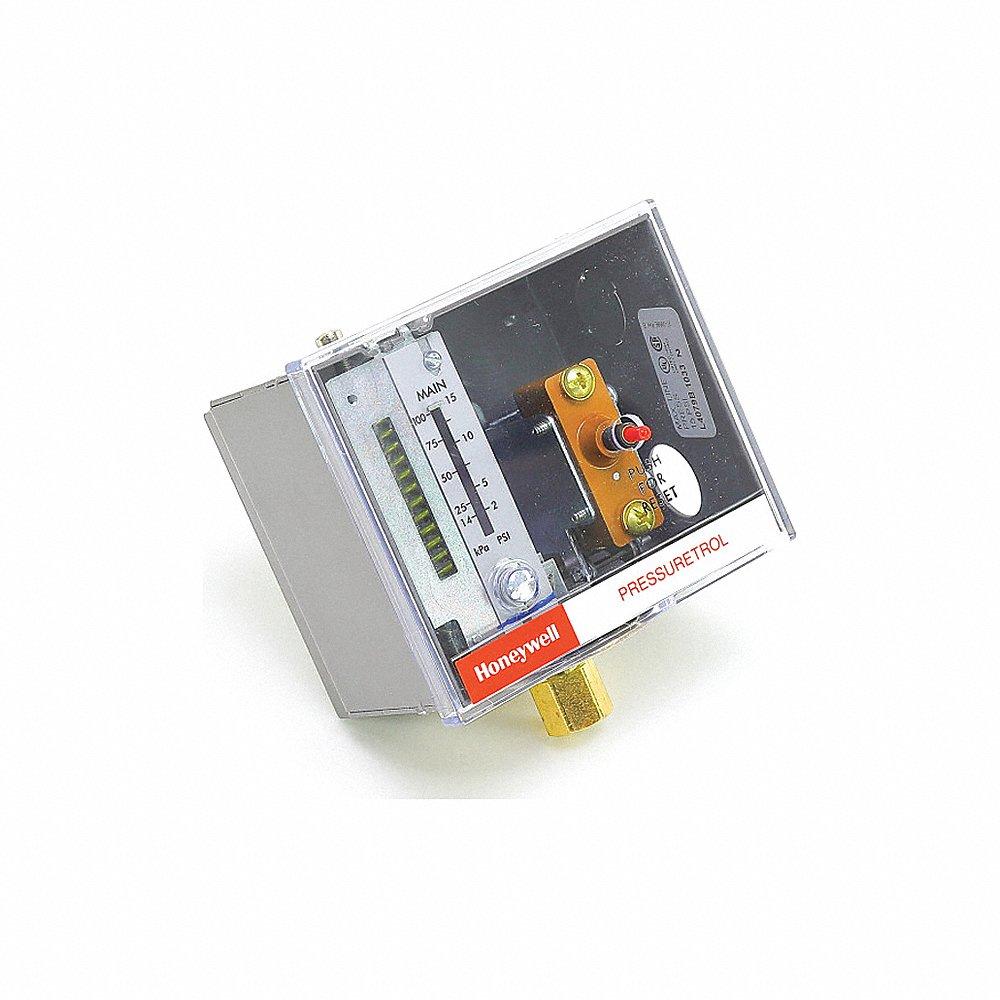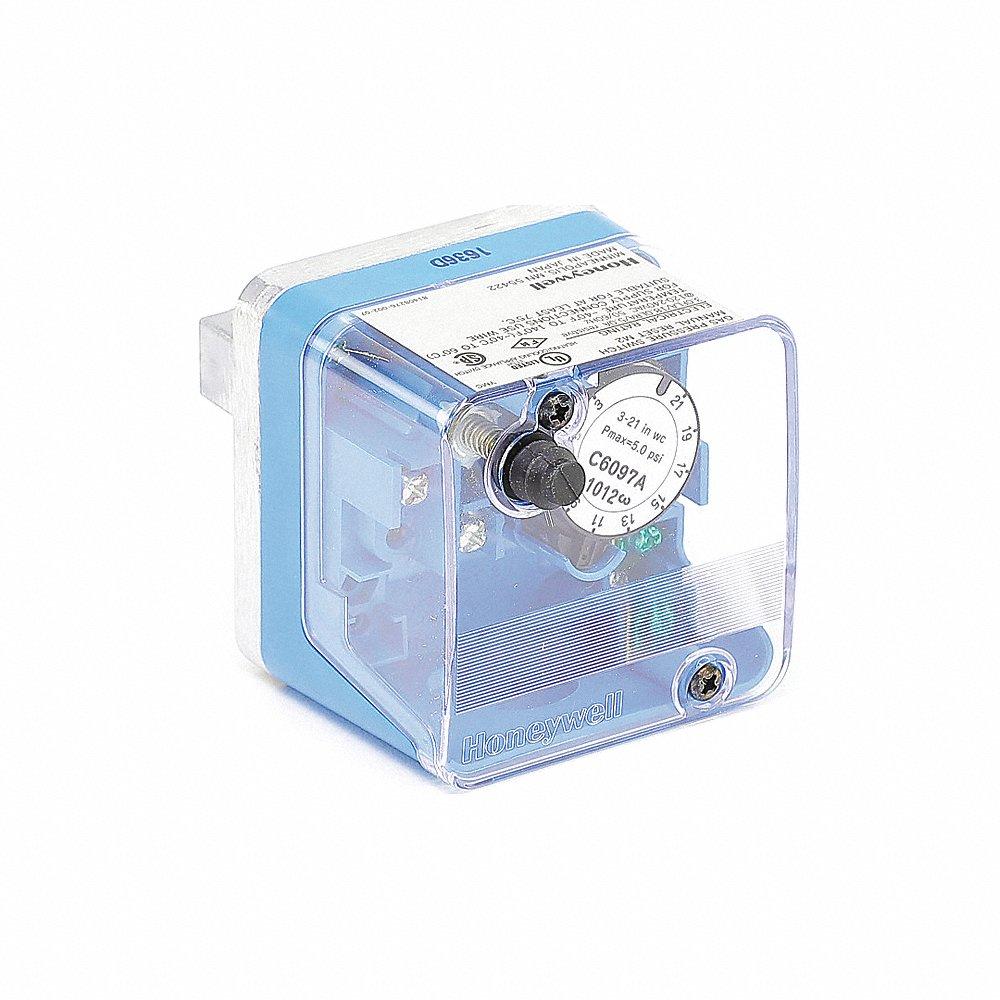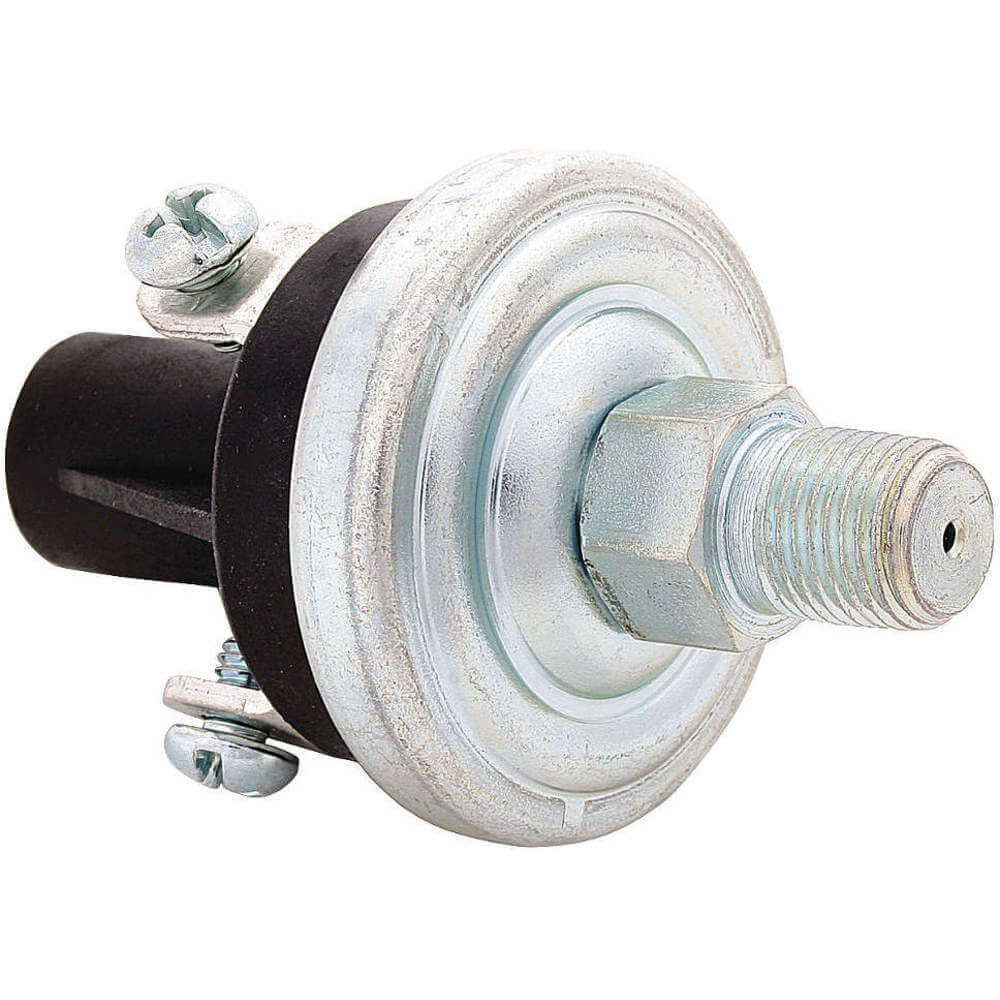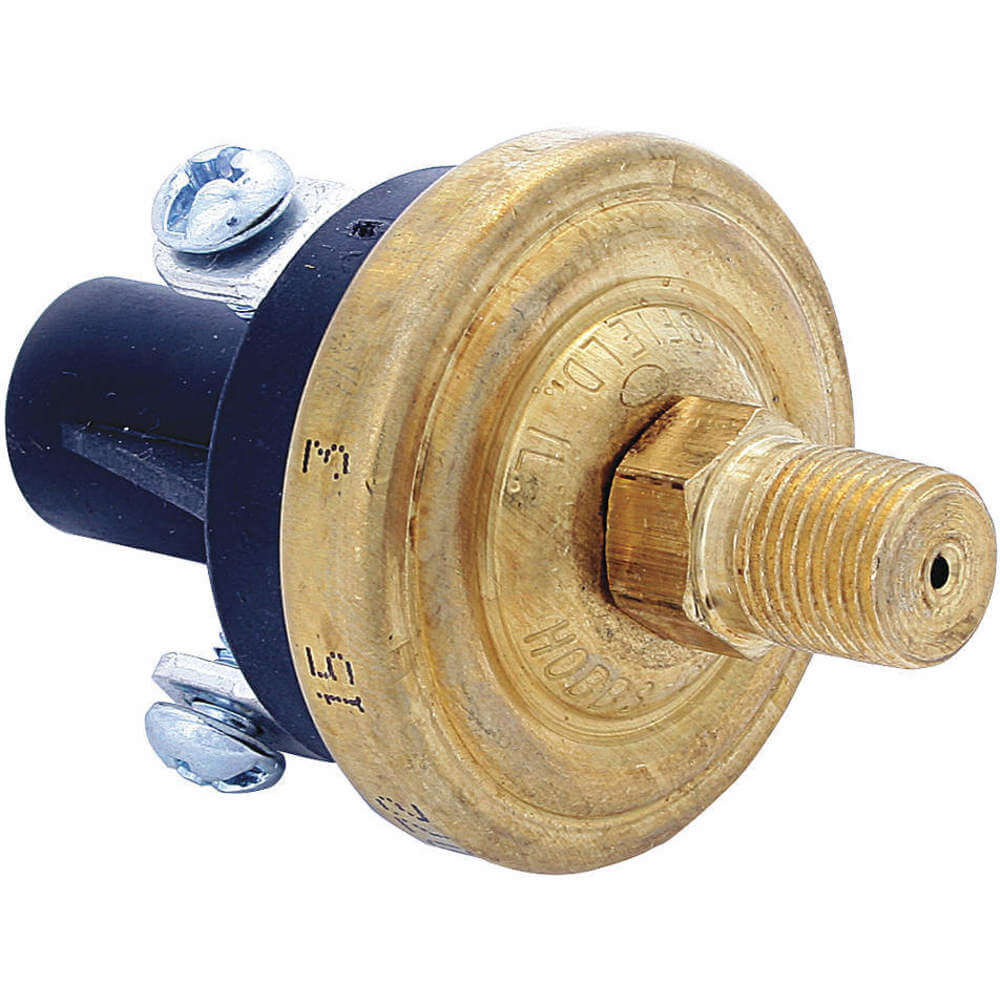Επιλέξτε τις προτιμήσεις σας για τα cookie
Χρησιμοποιούμε cookies και παρόμοια εργαλεία που είναι απαραίτητα για να σας επιτρέψουμε να κάνετε αγορές και να βελτιώσετε τις εμπειρίες αγορών σας. Τα χρησιμοποιούμε επίσης για να κατανοήσουμε πώς χρησιμοποιούν οι πελάτες τις υπηρεσίες μας (για παράδειγμα, μετρώντας τις επισκέψεις στον ιστότοπο), ώστε να μπορούμε να κάνουμε βελτιώσεις. Μπορείτε να διαβάσετε το δικό μας Πολιτική Cookies Για περισσότερες πληροφορίες.
Αυστηρά απαραίτητα cookies
Πάντα ενεργόΑυτά τα cookies κάνουν τον ιστότοπό μας να λειτουργεί. Περιλαμβάνουν την καταγραφή προσωπικών στοιχείων, όπως στοιχεία σύνδεσης/εγγραφής ή λογαριασμού, πληροφορίες προγράμματος περιήγησης, εικόνες και βίντεο και ταξίδι στο καλάθι αγορών.
Επιπλέον, χρησιμοποιούμε cookies βελτιστοποίησης για να δοκιμάσουμε νέες δυνατότητες και σχέδια στον ιστότοπό μας. Οι πληροφορίες που συλλέγονται μας βοηθούν να βελτιώσουμε τον ιστότοπο και την εμπειρία των πελατών μας.
Διαφήμιση
Αυτά τα cookies χρησιμοποιούνται για την κατανόηση της απόδοσης και της συνάφειας των διαφημίσεών μας, για την παροχή εξατομικευμένων διαφημίσεων σε άλλους ιστότοπους και μέσα κοινωνικής δικτύωσης, για την παρακολούθηση πότε φτάσατε στον ιστότοπό μας από έναν αναγνωρισμένο ιστότοπο θυγατρικών τρίτων και για την παρακολούθηση εάν πραγματοποίησε μια αγορά με βάση τις διαφημίσεις που σας εμφανίσαμε.
συστάσεις
Αυτά τα cookies μας δίνουν τη δυνατότητα να παρέχουμε εξατομικευμένες προτάσεις προϊόντων και περιεχομένου, για να κάνουμε την εμπειρία περιήγησης πιο σχετική με εσάς.
Λειτουργικότητα
Αυτά τα cookies χρησιμοποιούνται για να προσφέρουν έρευνες πελατών και σχόλια, για τη βελτίωση των αποτελεσμάτων αναζήτησης και για να σας επιτρέπουν να μοιράζεστε περιεχόμενο από τον ιστότοπό μας στα μέσα κοινωνικής δικτύωσης.
Analytics
Αυτά τα cookies μας βοηθούν να βελτιώσουμε τον ιστότοπό μας συλλέγοντας και αναφέροντας πληροφορίες σχετικά με τον τρόπο που τον χρησιμοποιείτε.
-
Κατηγορίες
Κατηγορίες
- Λειαντικά
- Συγκολλητικά
- Συσκευές & Μπαταρίες
- Καθάρισμα
- Electrical
- Συνδετήρες
- Υπηρεσία επίπλων
- Εργαλεία Χειρός
- υλικού
- HVAC
- Υδραυλική
- Αναλώσιμα εργαστηρίου
- Φωτιστικά
- Λίπανση
- μηχανική κατεργασία
- Χειρισμός υλικού
- Motors
- Προμήθειες γραφείου
- Εξωτερικός εξοπλισμός
- Αναλώσιμα χρωμάτων
- Υδραυλικά
- Αεριολογία
- Ηλεκτρικά εργαλεία
- Μετάδοση Ισχύος
- Γόβες & Πέδιλα
- πρώτες ύλες
- Αναλώσιμα αναφοράς
- Ασφάλεια
- Ασφάλεια
- Όργανα Ελέγχου
- Συντήρηση οχήματος
- συγκόλληση
- Μάρκες






